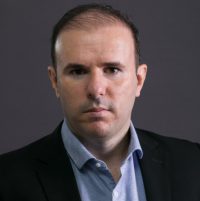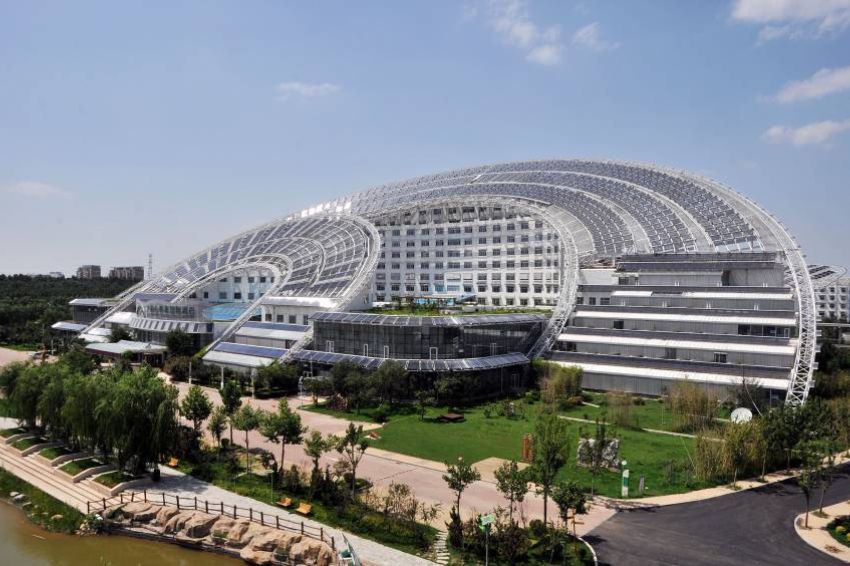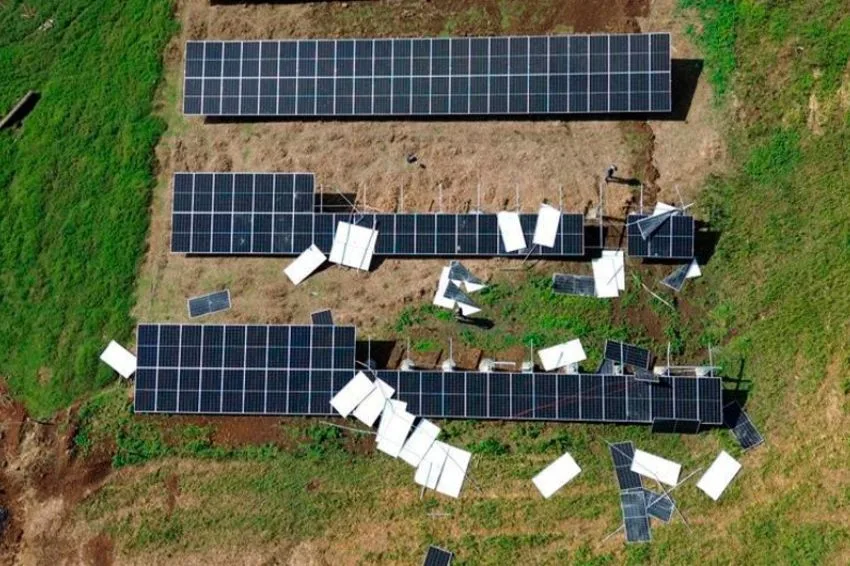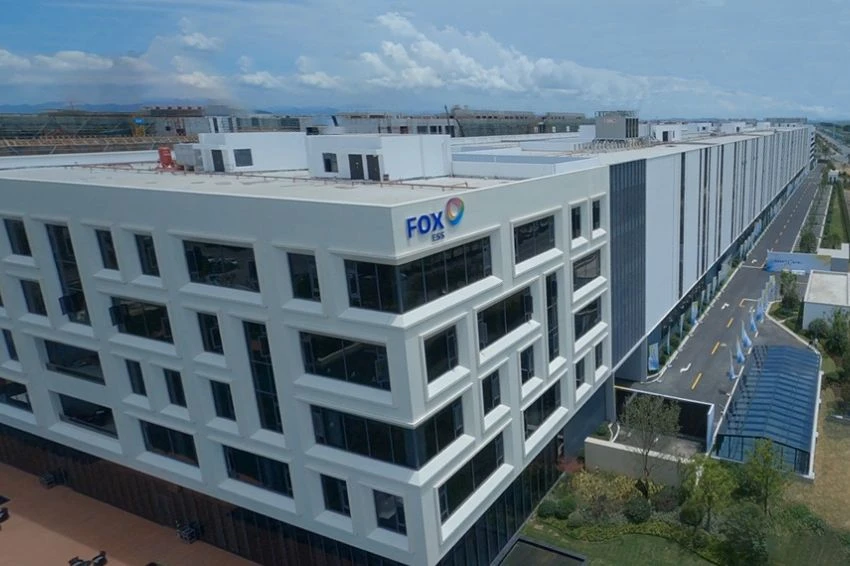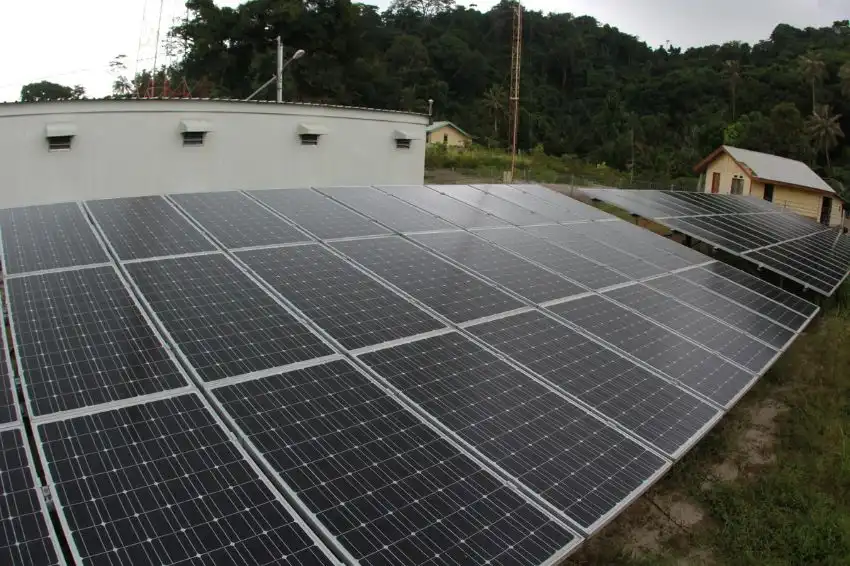If the photovoltaic solar energy is capable of generating savings and quality of life for families and businesses, it is a matter of logic to imagine how beneficial it can be for entire cities.
Knowing that cities represent 75% of global energy consumption and 80% of greenhouse gas emissions, the effort to create sustainable cities is already starting to be a priority.
Also called cities of the future, or smart cities, they are part of the European Commission's priority commitments for the green transformation of urban environments. The project was named Smart and Climate Neutral Cities Mission for 2030.
In addition to the European commitment, several countries around the world have already founded their own sustainable cities, focusing on solar energy generation. In this article, I bring together three of them as examples to inspire the sector to what the future holds.
Dezhou, China: pioneer of the world
Located in Shandong province, northwest China, Dezhou It is the world's first solar-powered city. With 5 million inhabitants, the city has always been considered an important transport hub, being one of the 23 stations on the exclusive Beijing-Shanghai high-speed line.
The Washington Post describes Dezhou’s Solar Valley as the “clean-tech version of Silicon Valley.” The city is an example of sustainability because 98% of the energy consumed in Dezhou comes from solar energy. The solar energy industry is the largest and most famous in the city.
The investment of US$ 90 billion per year in the development of renewable energy is a kind of redemption for China, after all, it is the second country that pollutes the atmosphere the most. Every year, 1,540,350 tons of carbon dioxide are emitted in China.
First place belongs to the USA, with 3,473,600 tons per year. It's good to see solar energy being used as the main resource to reverse this scenario.
Babcock Ranch, USA: city built to be solar
A America's first solar-powered city is in Florida and should house around 50 thousand inhabitants when completed. The project is being built on land purchased by former football player Syd Kitson, which was previously just a large ranch. Of this land, Kitson sold most of it to wildlife conservation, and set aside 20% for the construction of Babcock Ranch.
The size of the city is equivalent to the island of Manhattan, in New York. To meet the objective of being self-sustainable, with zero greenhouse gas emissions, the city already has 300,000 photovoltaic panels, installed in an area of 440 acres.
Babcock Ranch's panels generate 74.5 MW, enough to serve around 15,000 homes. Furthermore, this clean energy generation avoids the equivalent of the emissions of 12,000 cars per year.
Properties must meet the requirement to present sustainable construction certification, and their values start at around US$ 190 thousand (around R$ 616 thousand). In September 2022, the city experienced Hurricane Ian without power outages and with minimal damage.
Fujisawa Sustainable Smart City, Japan: solar-powered green city
The Japanese city project is led by Panasonic in partnership with seven other Japanese companies, and was initiated in response to the population's demand for safer and more sustainable alternatives after the Fukushima nuclear disaster.
Just 50 kilometers away from Tokyo, Fujisawa SST received an investment of R$ 1.3 billion in the initial phase, and today has around 500 thousand inhabitants.
Previously, Fujisawa was a city with problems of environmental degradation thanks to industrialization, but throughout the project, industries were transferred to other regions and the city began to be entirely rethought, restructured and rebuilt to become a green city.
Under a future vision of 100 years as a guideline, the Fujisawa SST project has guidelines for the city and community projects. In the case of energy solutions initiatives, Fujisawa teams microgeneration and storage systems for homes, means of transport and public spaces. For Japan, clean energy It's not about public relations, it's about survival.
How are Brazilian cities?
In Brazil, we still do not have projects as ambitious as those in the cities mentioned above. However, we are not stopped at energy transition, and just look at the annual results to see this.
According to ANEEL, Brazil added more than 9 GW of power in 2022. This made it a historic year for the sector, as it represents a growth of more than 80% compared to 2021.
A prominent municipality in the distributed generation market was Florianópolis, the city that added the most solar energy in Brazil in 2022. Throughout the year, Floripa connected 20,400 new photovoltaic systems, adding 314 MW. The value is almost double that of second place, Brasília (DF).
Among the states, those that led the advancement of distributed generation in 2022 were: São Paulo (982 MW); Minas Gerais (780 MW) and Rio Grande do Sul (743 MW). ANEEL states that more than half of the installed power came from residential systems (3.74 GW).
Thus, we see that Brazil is also concerned about investing in renewable energy. There is still a lot of work to do, but the good news is that there is a huge potential for growth to be explored.
For colleagues in the sector, I leave the message that the future will be nothing other than sustainable. Our work will be responsible for putting Brazil on the same path as countries like the USA, Japan and China, and therefore, we must remain focused on the mission of making customers aware of the benefits of solar energy. That in 2023, we can see many more roofs with solar panels in our cities.
The opinions and information expressed are the sole responsibility of the author and do not necessarily represent the official position of Canal Solar.

